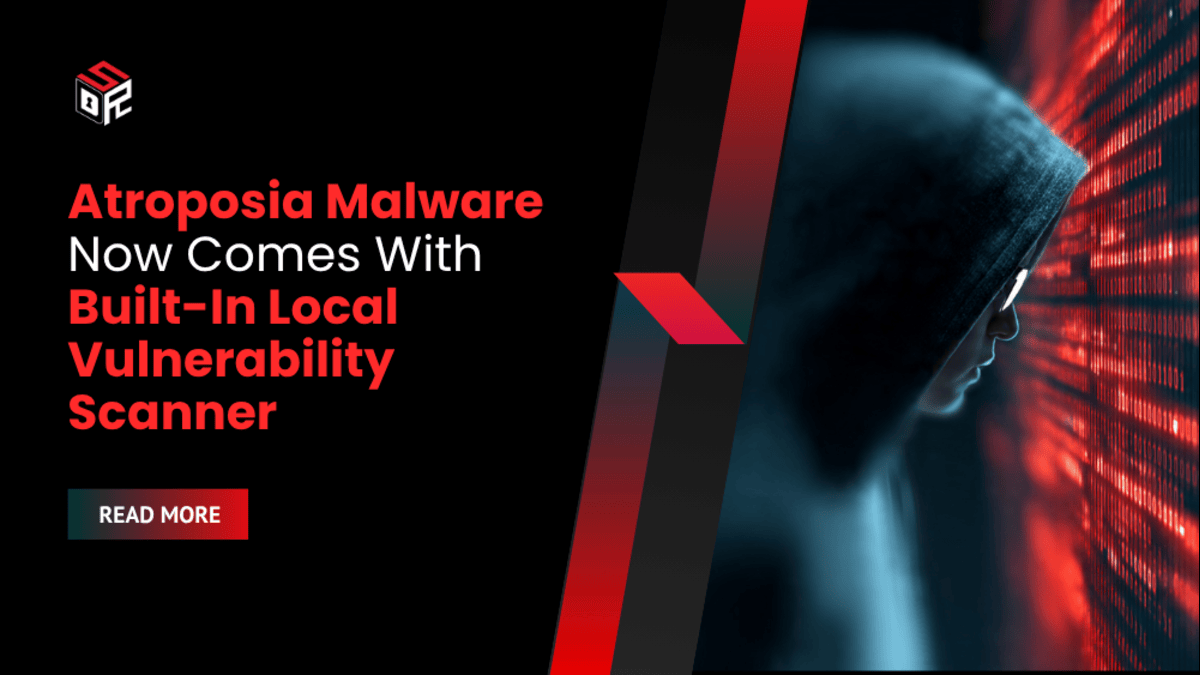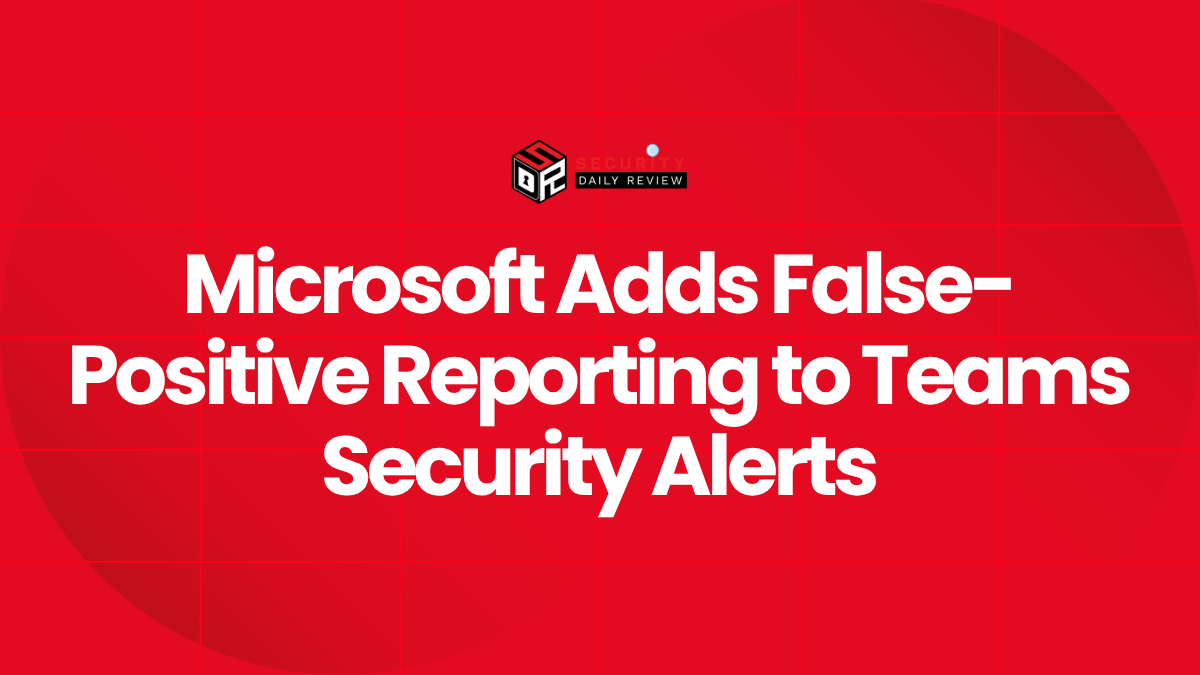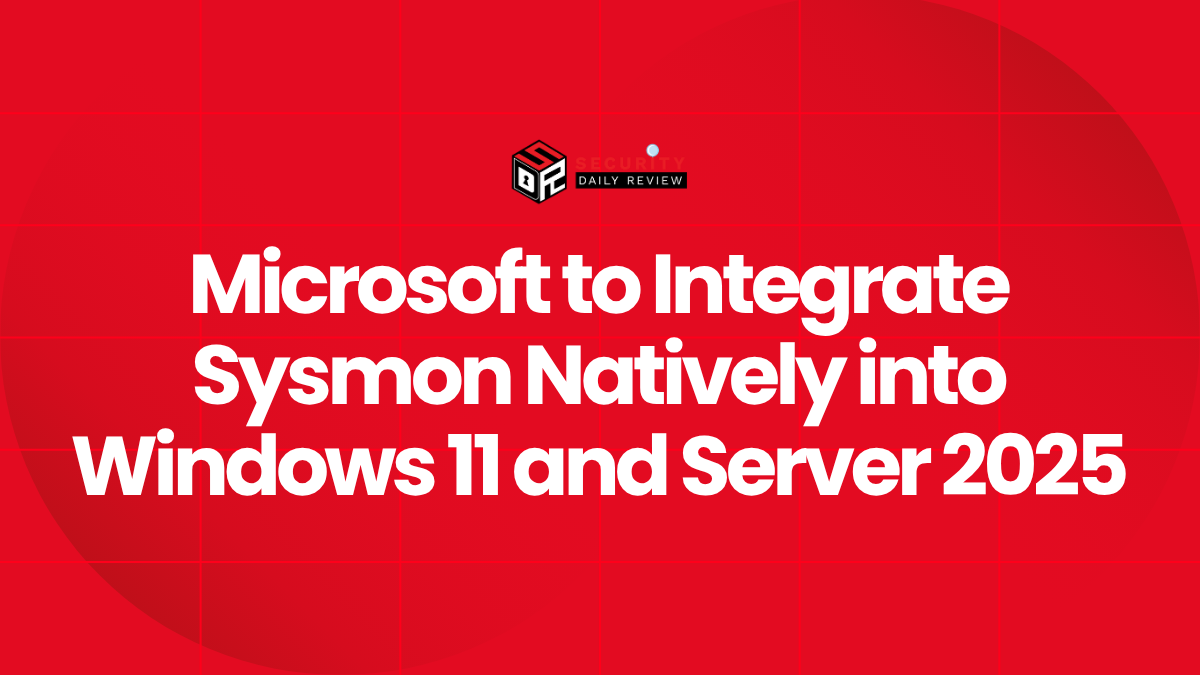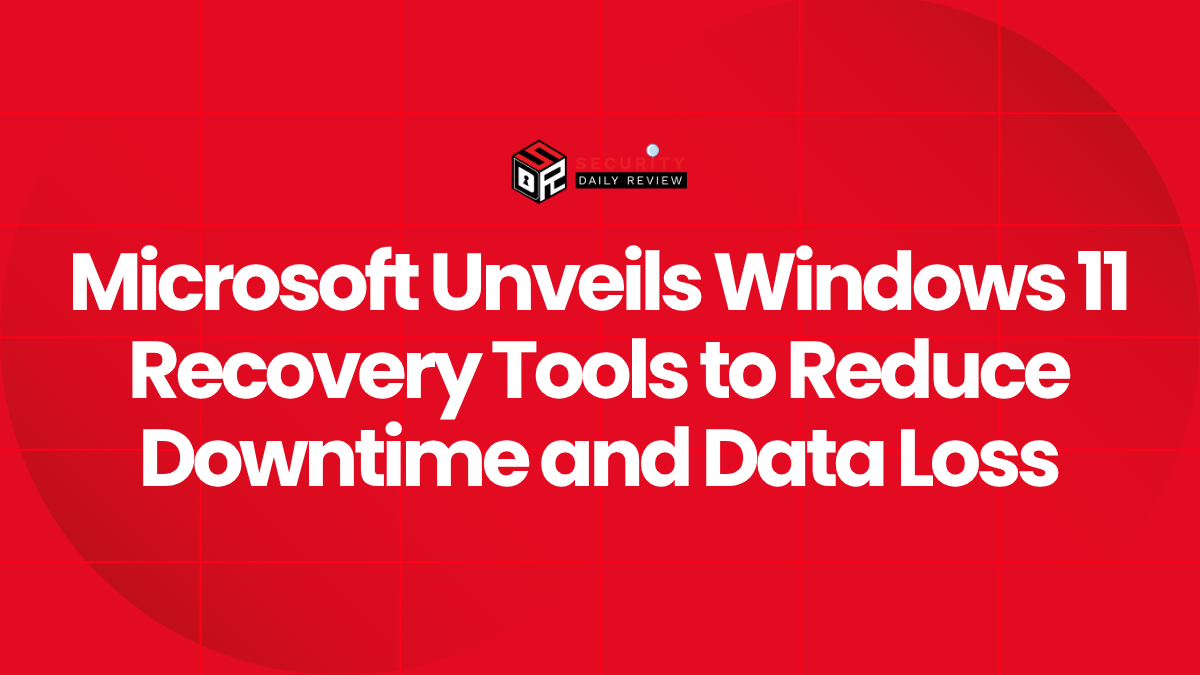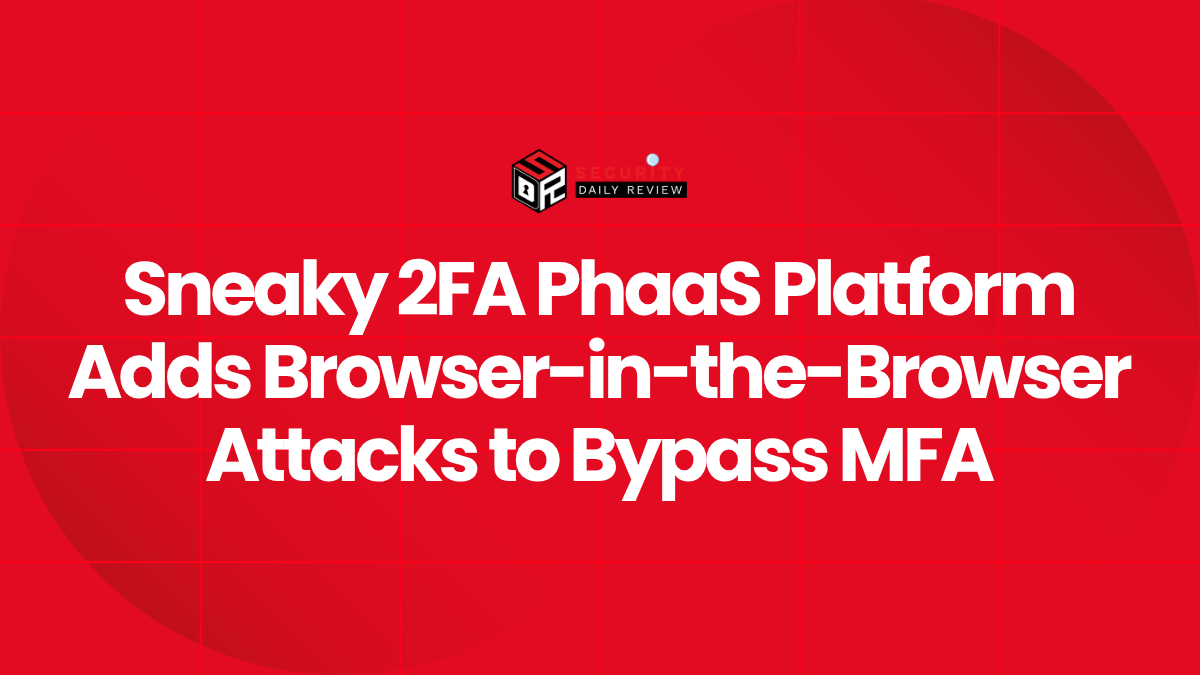A new malware-as-a-service platform named Atroposia is now available to cybercriminals, combining a remote access trojan (RAT) framework with a local vulnerability-scanning module. This unusual pairing accelerates post-infection reconnaissance, allowing attackers to assess system weaknesses immediately upon compromise.
Feature-Rich RAT With Plug-and-Play Accessibility
Atroposia is marketed on underground forums with monthly subscriptions starting at approximately $200, presenting itself as an accessible toolkit for low-skill threat actors. The RAT’s core features include:
- Hidden remote desktop access (HRDP Connect) that enables attackers to invisibly control a victim’s session, open applications, and view sensitive documents.
- A file-manager module that allows full directory browsing, file execution or deletion, and in-memory compression of harvested data for stealthy exfiltration.
- A stealer module targeting saved credentials, cryptocurrency wallet files, chat logs, and clipboard entries (including copied passwords or API keys).
- A DNS hijacking component that silently changes domain resolution on the compromised host, enabling phishing, fake update delivery, or rerouting to malicious infrastructure.
- A built-in vulnerability scanner that audits the infected endpoint (and possibly network-adjacent systems) for missing patches, insecure settings, or exploitable software.
“The presence of a vulnerability-scanner module is dangerous in corporate environments because the malware might find an outdated VPN client or an unpatched privilege escalation bug,” researchers warn.
The scanner returns a prioritised list of exploitable opportunities, allowing attackers to escalate their foothold, roam laterally, or identify high-value targets within the network without needing separate tools.
Atroposia Malware Technical Workflows and Evasion Capabilities
Once deployed, Atroposia communicates with its command-and-control (C2) infrastructure over encrypted channels to avoid detection. It also employs a user-account-control (UAC) bypass, enabling privilege escalation and persistence across reboots. The HRDP Connect remote desktop module operates without visible user prompts or session indicators, making traditional monitoring ineffective.
The vulnerability scanner runs locally and generates a rapid vulnerability score, highlighting missing patches or weak system configurations. Attackers may use this information to deploy additional exploits or to exfiltrate data more effectively based on the discovered weaknesses.
In one documented case, the scanner identified an unpatched VPN client with a known privilege escalation flaw, which the attacker immediately leveraged to gain SYSTEM-level access.
Strategic Implications for Enterprises and Endpoint Security
The combination of RAT, exfiltration tools, DNS hijacking, and vulnerability scanning in a single kit is a troubling development. Atroposia significantly lowers the barrier to entry for complex attacks, enabling even unsophisticated actors to conduct multi-stage intrusion campaigns, reconnaissance, and large-scale data theft operations.
Enterprises must now assume that any RAT-style infection may include internal reconnaissance modules built-in, making early detection and containment more critical. These hybrid toolkits show the shift from traditional malware to full-service kits that combine discovery, persistence, and exfiltration in one package.
Atroposia Malware Mitigation Recommendations for Organisations
To defend against such threats, organisations should take the following steps:
- Disable or tightly control the use of Windows Subsystem for Linux (WSL) if not required, and restrict remote desktop tools to known, trusted software.
- Implement application allow-listing and monitor for unknown modules or hidden remote desktop sessions.
- Audit DNS settings locally and within workstations to detect hijacking or unsolicited domain redirections.
- Deploy endpoint detection solutions capable of identifying unusual system behaviour across file, network, and memory layers—particularly invisible remote desktop connections, clipboard monitoring, and unauthorized local vulnerability scanning.
- Conduct regular internal scans for missing patches, unsecured VPN clients, outdated privilege escalation vectors, and audit remote-access software installations.
- Educate users about the risk of credential theft via clipboard or saved wallet files, and encourage use of hardware-based two-factor authentication and secured wallet management.

